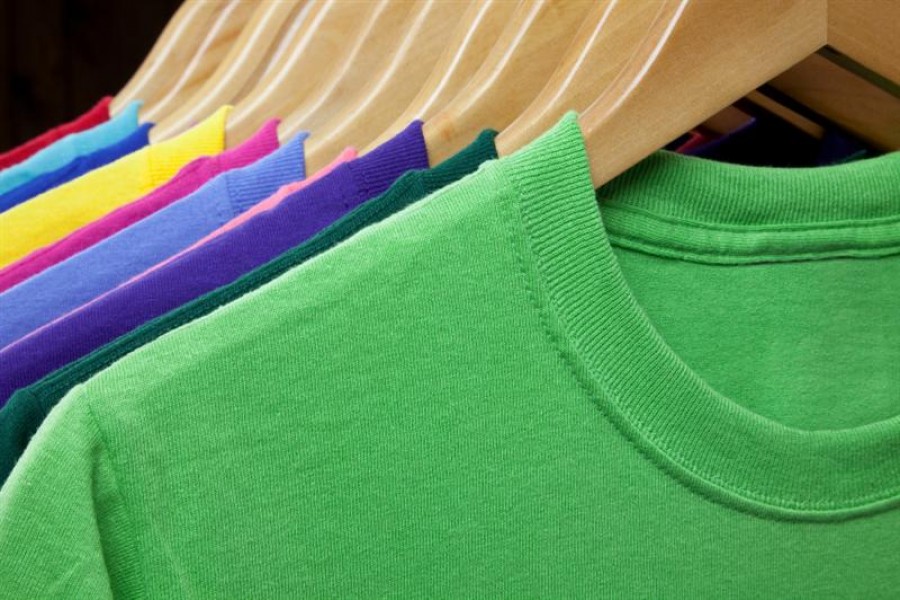A number of the Western apparel marketing companies are likely to reduce their dependence on sourcing countries like Bangladesh for manufacturing readymade garments (RMG) in the coming years. This was reportedly forecast by the US firm McKinsey in its recent study.
This appears to be a worrying signal for Bangladesh since the main chunk of its export earnings comes from readymade garments (RMG). Western mass-market brands, the study suggests, are likely to gain by sourcing from Mexico or Turkey -- both being in the neighbourhood of the US and Europe respectively, instead of Bangladesh.
McKinsey in its report says a US apparel company that moves production of basic jeans from either Bangladesh or China to Mexico can maintain or even slightly increase its margin, even without higher full-price sell-through. The report suggests that the apparel companies in the USA should focus on nearshoring, automation and sustainability to meet its customers' needs.
The economics of nearshoring is now gaining ground, and according to McKinsey, a 5.0-percentage point increase in sell-through would make up for the higher labour costs encountered closer to home. Costs will equalise, even in shifts from low-cost countries, such as Bangladesh, to nearshore markets.
The report called 'chasing cheap' products in Asia outmoded as low-cost has, in some cases, become synonymous with low-quality and low-compliance in a world where transparency and ethics are in high demand. By 2025, 82 per cent of respondents in the survey expect to move more than 10 per cent of their total sourcing volume to nearshouring locales. Such a scenario, the survey said, may affect potential growth of Bangladesh's garments, a more than US$36 billion industry with the highest concentration of workers.
However, a Bangladeshi manufacturer rejected such possibility as mind game by brands and buyers. He claims that Bangladesh has higher capacity to make low-cost products. When the country's cost of production will increase in the next 10 years or so, the costs will also increase in Mexico and Turkey. In that case, the country will still remain competitive.
Bangladesh exporters now need 45-60 days to reach apparel products to Western destinations, compared to 110 days required earlier. Before the US backed out of the move to join Trans-Pacific Partnership, a major Bangladeshi exporter expressed apprehension that Bangladeshi manufacturers might lose their competitiveness.
The new findings of the McKinsey indicate mass-market apparel players must make 'bold' investments in nearshoring and automation "immediately" if they have any hopes of success in today's 'altered' industry. The mass-market apparel brands are now competing with niche and nimble online start-ups built for better response to consumer demands and changing trends, said the report.
Nearshoring is a type of outsourcing where a given company seeks a development partner in a different country or region. However, what distinguishes nearshoring from other types of outsourcing is the fact that the development partner is in close proximity.
In Bangladesh, the apparel sector is back on track again by overcoming various setbacks, boosted by improved work environment in the factories and policy support from the government. Business in RMG sector has risen two and half times in the last one decade. The sector now accounts for more than 83 per cent of the total export earnings, a four per cent increase in the last one decade.
Exports in the US market also saw an increase of 18.93 per cent last year. Experts related to the industry opine that the trade war between the US and China has also played a role in increased work order from US. The work orders have increased immensely in recent times. Many factories are failing to take all the orders as the price offered by the buyers is relatively low.
The biggest achievement of the garments sector in the last one decade is the improved work environment in terms of labour safety. It played a major role in recovering the image of the sector. Moreover, use of advanced technology by 20 per cent of the factories has proven vital in increasing production. Demand for Bangladesh apparel will not die down as long as it remains competitive and cost-effective.


